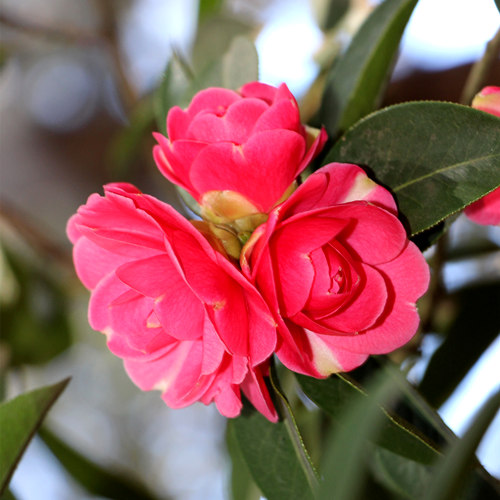
Seeing Kunming through the Eyes of a Former Flying Tigers Pilot


Richshaws and pedestrians on Jinbi Rd.
Facts about the Flying Tigers (AVG)
The 1st American Volunteer Group (AVG) of the Chinese Air Force in 1941–1942, nicknamed the Flying Tigers, was composed of pilots from the United States Army Air Corps (USAAC), Navy (USN), and Marine Corps (USMC), recruited under presidential authority and commanded by Claire Lee Chennault. The shark-faced nose art of the Flying Tigers remains among the most recognizable image of any individual combat aircraft or combat unit of World War II.
The group consisted of three fighter squadrons of around 30 aircraft each. It trained in Burma before the American entry into World War II with the mission of defending China against Japanese forces. The group of volunteers were officially members of the Chinese Air Force. The members of the group had contracts with salaries ranging from $250 a month for a mechanic to $750 for a squadron commander, roughly three times what they had been making in the U.S. forces. While it accepted some civilian volunteers for its headquarters and ground crew, the AVG recruited most of its staff from the U.S. military.
The group first saw combat on 20 December 1941, 12 days after Pearl Harbor (local time). It demonstrated innovative tactical victories when the news in the U.S. was filled with little more than stories of defeat at the hands of the Japanese forces, and achieved such notable success during the lowest period of the war for both the U.S. and the Allied Forces as to give hope to America that it might eventually defeat the Japanese. AVG pilots earned official credit, and received combat bonuses, for destroying 296 enemy aircraft, while losing only 14 pilots in combat. The combat records of the AVG still exist and researchers have found them credible(citation needed) . On 4 July 1942 the AVG was disbanded. It was replaced by the 23rd Fighter Group of the United States Army Air Forces, which was later absorbed into the U.S. Fourteenth Air Force with General Chennault as commander. The 23rd FG went on to achieve similar combat success, while retaining the nose art on the left-over P-40s.




Bert A.Krawczyk


A P-40 Fighter photoed in Kunming


Almost every Flying Tigers pilot knows the glorious Zhuangyuanlou (The First-overall-pick Gate Tower), photoed in the 1940s


Jinma(golden horse) Arch and Biji(jade cock) Arch in Kunming City


Gate towers in Kunming were built in gray and dark blue, though built with wood and rocks, they’d been the most eye-catching buildings in Kunming


Kunming Telephone Company


Fair in local main street, people dressed in different styles


A crossover in Guanghua St., the woman carrying heavy load of mutton had no footbinding probably because she grew up in urban areas.


Grocery shop in downtown


Crawling street in Kunming


Scrivener were popular in the 1940s


Richshaws in Kunming


An AVG pilot chatting with local people


Taking a short break along the river


All these photos became possible due to this young man’s hard work, he had to fetch water for several hours to flush the films


Carpenters and bricklayers showing their tools proudly, they all helped in building the US air force base


A boy cooking in Yangjie US air force base, he was preparing food among sawdust


A young carpenter playing wood string in Yangjie US air force base. The shoes he wore were very rare in that time


A bricklayer in Yangjie US air force base


Taking a short break


A young mother feeding her son, they all lived in Yangjie, the father of this family was one of the constructors


Pilots taking photos with local people


A Buddha Temple beside a pond


Bricklayers building a house in an old-fashion way, houses built in that way could maintain for years


A mother and her kids in summer days


Elders remained well groomed during war times


A grandfather with his grandson


A well-forged copper bell in spring time


A boy and his younger sister


Most kids kept on reading, except this curious young fellow


A cemetery with traditional elements


The joy of the harvest


The young ones


A peasant checking his crop


Fair in Luliang County
&nbs



